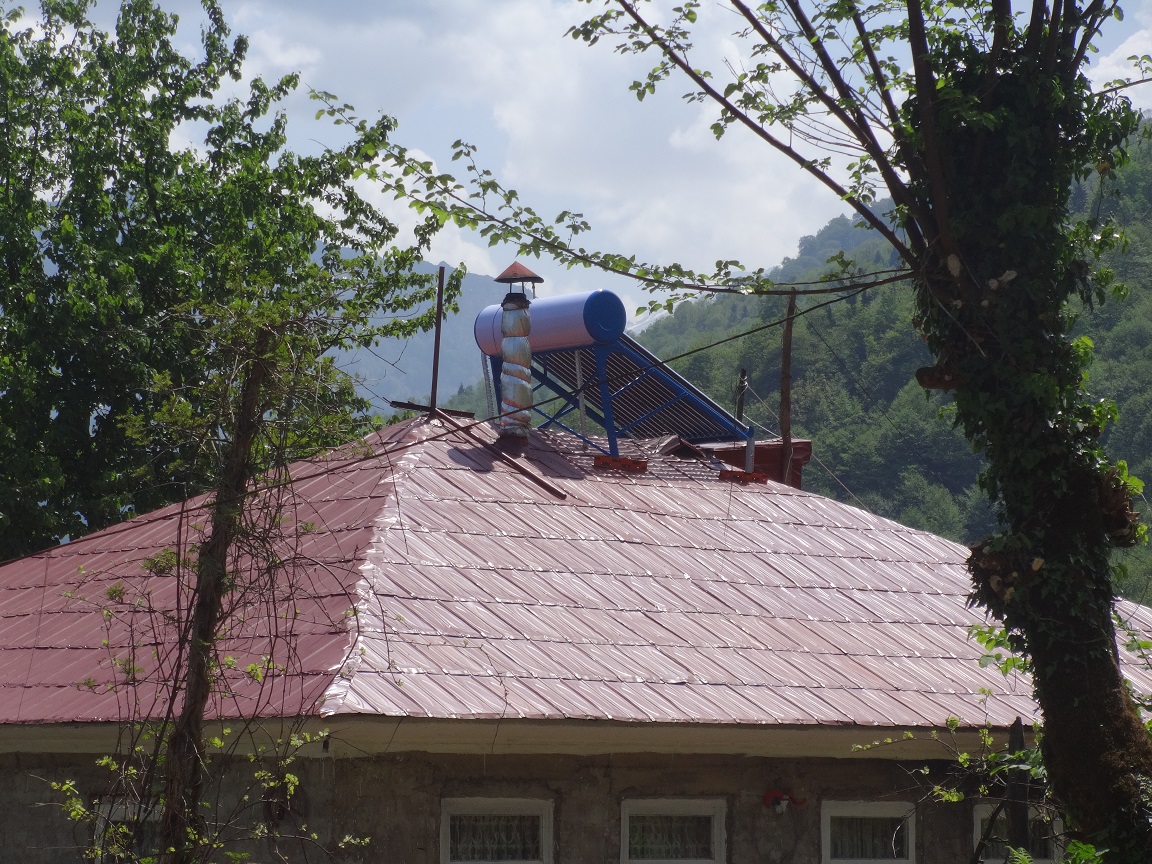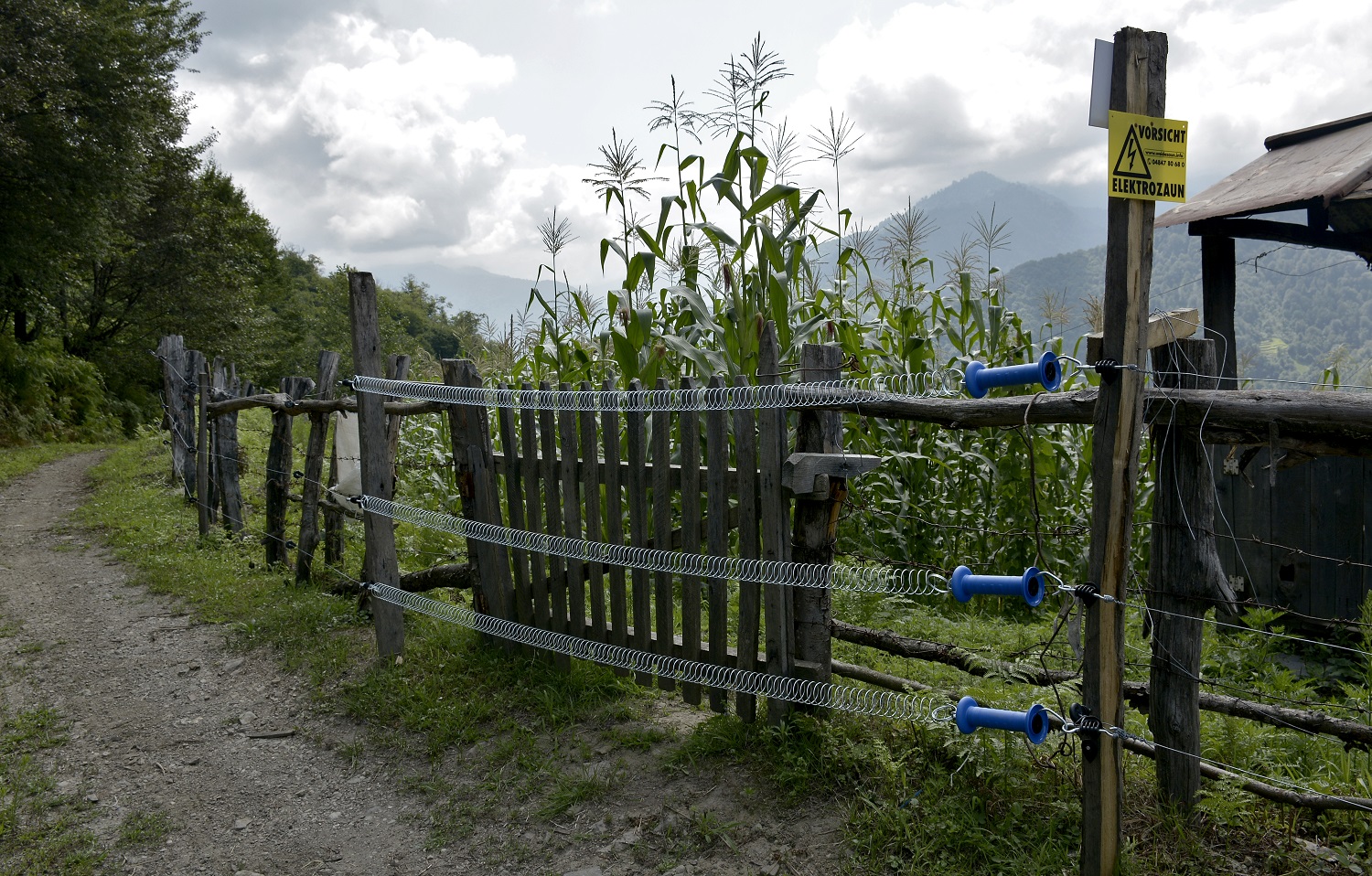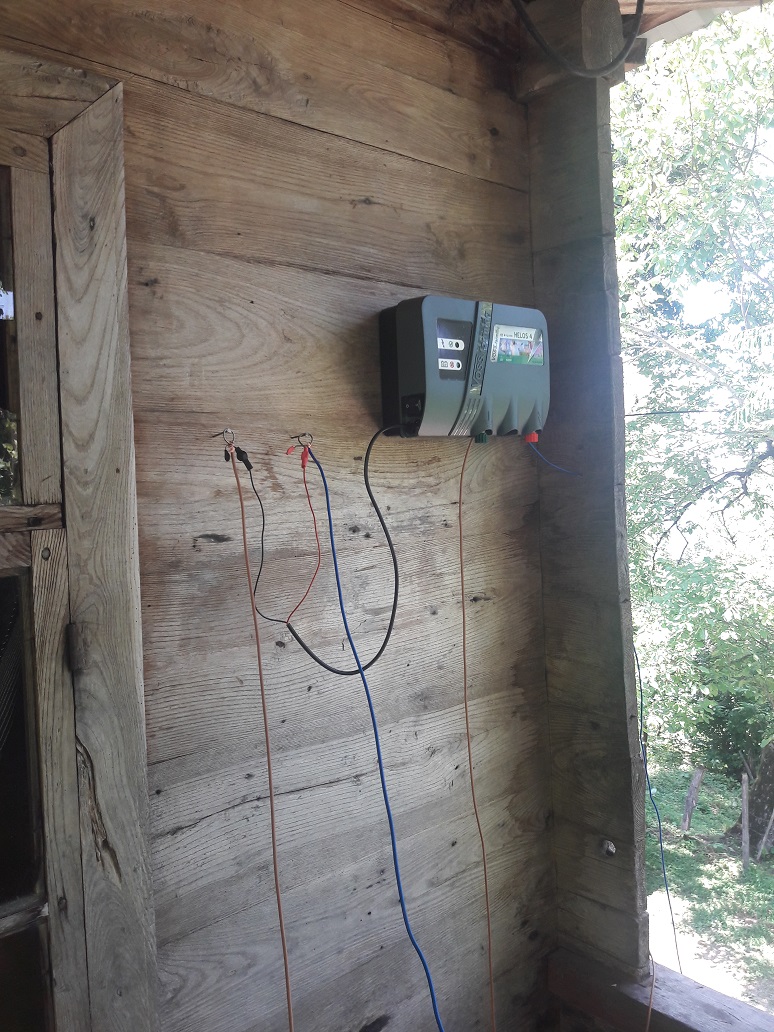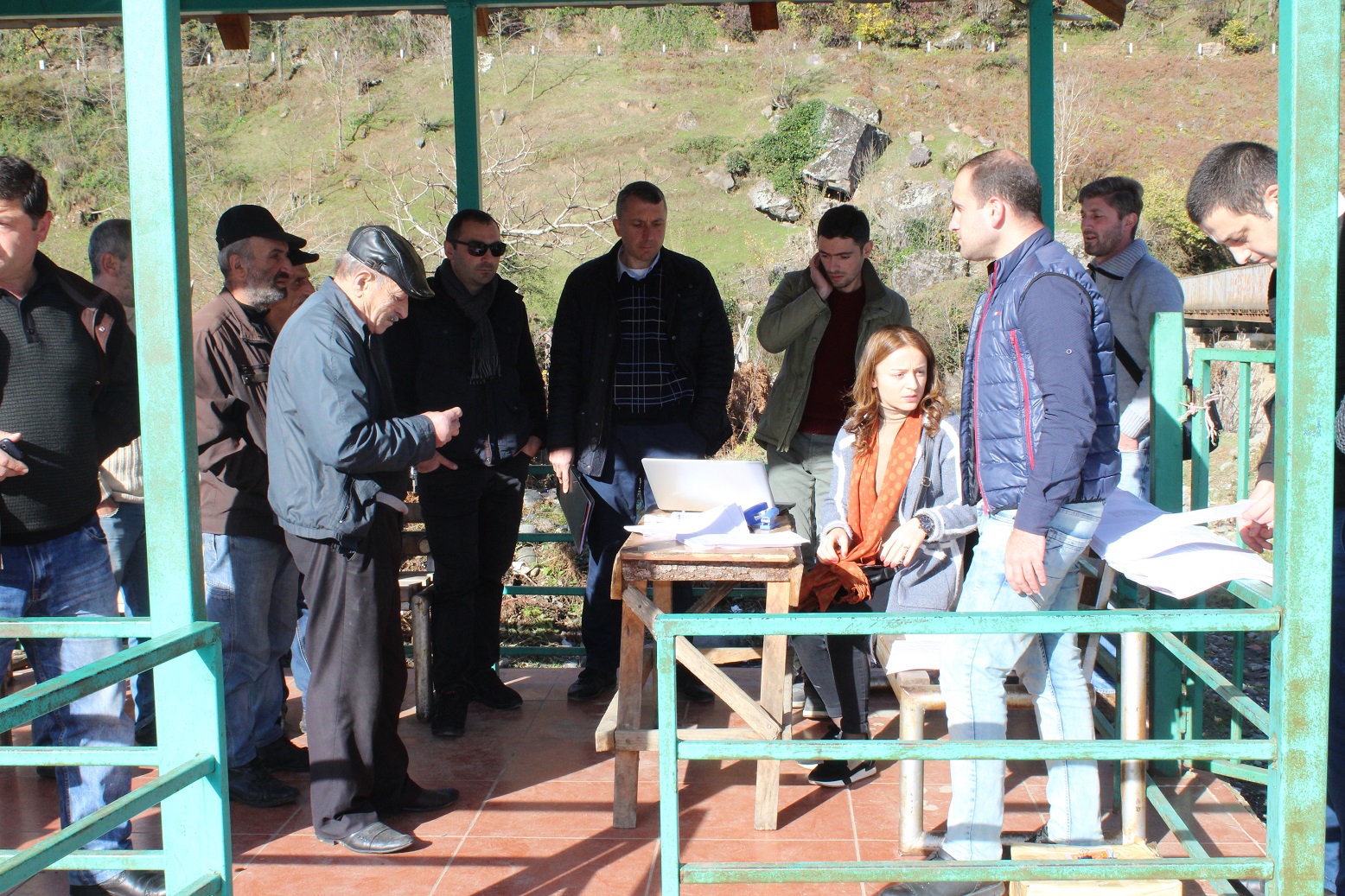





El establecimiento del parque nacional tuvo algunas repercusiones específicas en las comunidades que viven en el valle, como la limitación del acceso a la leña y el agravamiento de los conflictos entre el hombre y la fauna salvaje.
El enfoque clásico utilizado por el sistema de AP para abordar ambas situaciones se basaría en el control y la penalización de las actividades ilegales. Sin embargo, el enfoque del proyecto consistía en tratar de abordar la raíz de los problemas y reducir así la base del conflicto entre el PNM y las comunidades locales.
En el caso de la leña, el proyecto ha puesto en marcha actividades que intentan reducir la demanda global mediante una mayor eficiencia de uso y alternativas a la leña. En estrecha consulta con los hogares locales, el proyecto evaluó las posibles alternativas, probó en la práctica y demostró las opciones elegidas con los hogares, y sobre esa base difundió los resultados y fomentó su reproducción.
Del mismo modo, en el caso de los conflictos entre humanos y fauna salvaje, el enfoque del proyecto consistió en probar métodos para mitigar el problema evaluando la situación y probando enfoques seleccionados tras una evaluación de su viabilidad y factibilidad.
En ambos casos, un aspecto clave fue la implicación directa de la Administración del PNM para que se les considere parte de la solución a los problemas domésticos locales, en lugar de una causa.
- Disponibilidad de organizaciones competentes con conocimientos específicos y experiencia para realizar estudios de viabilidad y evaluación de alternativas.
- Apertura de la Administración del PNM para comprometerse de forma práctica en el apoyo a las iniciativas de los hogares, como el apoyo prestado a los hogares en la compra a granel de cáscaras de avellana utilizadas como alternativa a la leña.
- La introducción de soluciones alternativas debería promoverse y priorizarse en las estrategias y planes regionales y nacionales de silvicultura, áreas protegidas, desarrollo rural y mitigación/adaptación al cambio climático. Todos los actores relevantes, en particular las administraciones de las AP, las agencias forestales, los municipios, las ONG y las instituciones donantes deberían promover una mayor concienciación, demostración y facilitación de la adopción de soluciones adecuadas debido a los múltiples beneficios que proporcionan.
- La participación de los sectores privados (minoristas de equipos pertinentes, talleres y productores locales/nacionales pertinentes, proveedores de mantenimiento, etc.) será importante para garantizar que se reduzcan al mínimo los obstáculos económicos a la adopción de soluciones alternativas.
- La introducción y promoción de alternativas debe basarse en el conocimiento y la comprensión de las necesidades y oportunidades concretas de la "vida real" de los hogares rurales, si se quiere que tengan alguna probabilidad de aceptación e impacto sostenidos. Por lo tanto, la consulta con las comunidades destinatarias y la evaluación de la viabilidad deben ser requisitos previos esenciales de cualquier iniciativa de este tipo.